This bit of the Hedgerow is very productive at the moment. It is just short of a kilometre long, with a variety of adjoining habitats from arable to rough pasture. Heath and bog provide a willow grove and a stand of Reedmace ('Bulrush').
Rain most of the day.
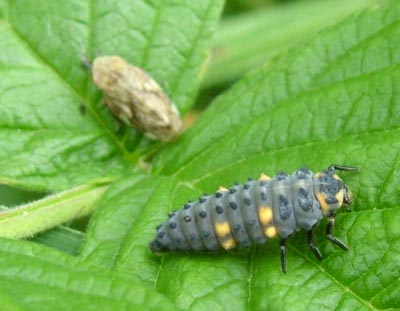
A nice clean shot of a 7-spot Ladybird larva with a Frog-hopper in the background.
The Typha larva is now confirmed as Bulrush Wainscot, and it should pupate in the next week or two. About 4 cm. long.
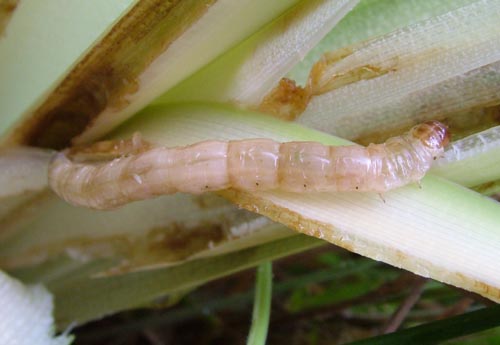
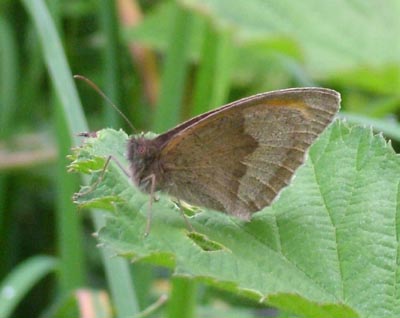
The Meadow Brown has two resting postures. In this one the front wing is pulled down to hide the orange spot and hence increase the effectiveness of the camouflage.
Compare with the other resting shot on July 3rd.

I'm not exactly sure what's going on in this shot. It's clearly a dead Soldierfly, stuck to the side of the Creeping Thistle flowerhead with a loose web. Spider larders are usually more robust than this.
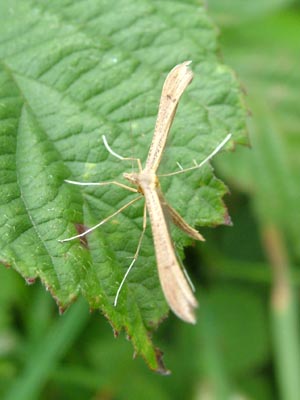
Stenoptilia pterodactyla is a micromoth that folds its wings like a venetian blind when resting. The larvae feed on Germander Speedwell.
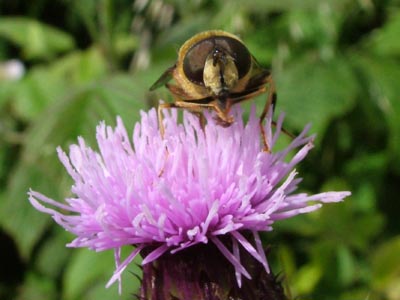
A nice front shot of a male Eristalis pertinax showing the hairy face (frons). You can tell it's a male because the eyes meet in the middle: Male flies usually have larger eyes than the female. This is especially evident in Bibios, where a single male eye is larger than the entire female head.
My first reaction to this was "another Eupodes luniger" which I first saw last week, but I'm still at the stage where I need to confirm these new species. My daughter who was going through the book with me suggested it might be more like Eupodes corollae. I agree.
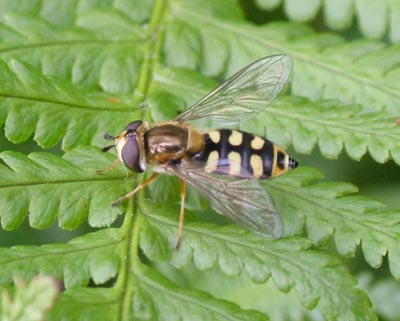

A fascinating little Capsid bug. Note that X on the abdomen. Remind you of anything?
Compare with the Calocoris stysi on July 4th.
That would be a nice tie-in. More research....
A nice find. This is a Tachinid fly, and is one of three Thelaria species, perhaps Thelaria nigripes. Tachinids are parasites on moth and butterfly larvae in the same manner as Ichneumonids. The thing that alerted me to this fly was the way it flew, just like an Ichneumon, hovering over leaves and then landing and darting under the leaves and re-emerging to resume hovering. I checked that the back of the abdomen had long hairs and Tachinids immediately came to mind.

Not my usual standard of picture, but this beast wasn't staying still for anything.
A female (note the ovipositor) Tephritid on the bud of Creeping Thistle. Notice how similar the bud is to the much darker Marsh Thistle.